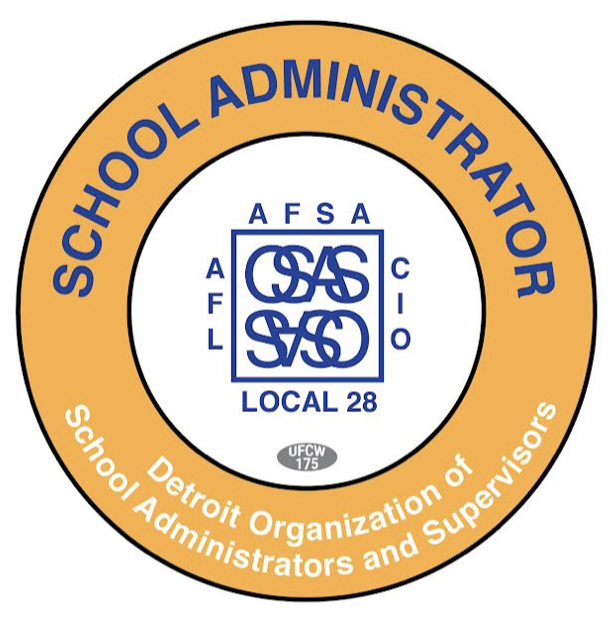Schools and libraries now can use funds from the E-Rate program to provide off-premises WiFi hotspots to students, following a recent rule change by the Federal Communications Commission (FCC). This decision, passed by a narrow 3–2 vote, marks a significant expansion of the E-Rate program, which was established in 1996 to help schools and libraries secure affordable broadband services.
“Chairwoman Rosenworcel and Commissioners Starks and Gomez deserve our thanks for helping ensure that low-income, rural, and Black and Brown students—the groups most likely to lack home internet access—will now have the opportunity to keep up with their better-heeled peers online,” said American Federation of School Administrators President Dr. Leonard P. Pugliese. “Now, they will be able to complete homework assignments, conduct research online, communicate with their peers and teachers, apply for college and employment, and gain access to governmental services.”
Pugliese further emphasized the safeguards included. “Sensibly, the Order protects students from problematic online content by mandating that their home internet access is blocked or filtered, just as their school access is, and by requiring that they use this home internet access only for educational purposes.”
“AFSA is proud to have led the charge on the FCC’s adoption of this order," Pugliese continued. “We are so pleased that many of the students and educators who saw their home internet access subsidies end recently, as a result of the sunsetting of the Emergency Connectivity Fund and the Affordable Connectivity Program, will now be able to receive similar benefits through the E-Rate.”
The E-Rate program has been instrumental in bridging the digital divide by providing essential internet connectivity within educational institutions. However, in the current digital age, where online learning and homework have become integral to education, the lack of support for off-premises wireless internet services has been a significant barrier. Millions of students have struggled to access the internet at home, hindering their ability to complete assignments and participate in remote learning activities.
With this new rule, schools and libraries can extend their reach beyond their physical locations, ensuring that students have the necessary internet access to thrive academically, regardless of their home circumstances. This expansion is expected to have a profound impact on educational equity, providing a lifeline to students who have been disproportionately affected by the digital divide.
